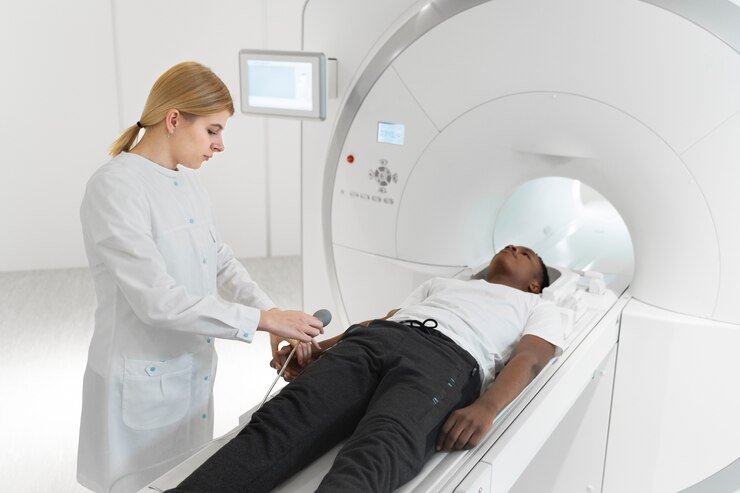

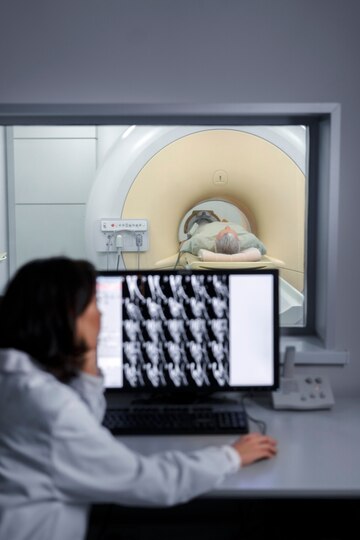
Interventional Radiology (IR) is a specialized medical field that utilizes advanced imaging techniques such as angiography, ultrasonography, and computed tomography to perform minimally invasive treatments traditionally managed through surgery. This discipline is unique in that it does not limit its focus to a specific organ system but applies its techniques across various systems to provide non-surgical solutions.
Scope of Treatments in Interventional Radiology
IR encompasses a broad range of procedures, including angiographic treatments of vascular diseases (excluding cardiac veins), needle biopsies, management of bodily fluids and cysts, and specific cancer treatments, notably liver cancer. The treatments also extend to variceal management. The hallmark of these procedures is their minimally invasive nature, typically requiring only a small incision or puncture site, which significantly reduces recovery time and associated risks.
Key Characteristics of Interventional Radiology Treatments
In the clinical setting, patients may receive sedatives and pain management medications to ease discomfort and anxiety associated with the procedures. Post-procedure, patients are typically observed for a short period before discharge, although this may vary based on the specific intervention.
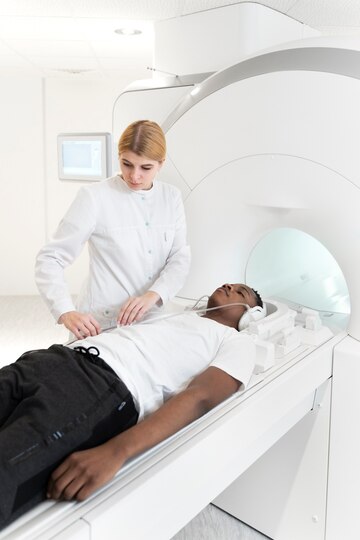
Techniques Utilized
Our partner centers are recognized as one the international leaders in Interventional Radiology, employs a comprehensive array of therapeutic modalities, including the latest medicated devices and traditional techniques, ensuring a high standard of care and enhanced patient outcomes.
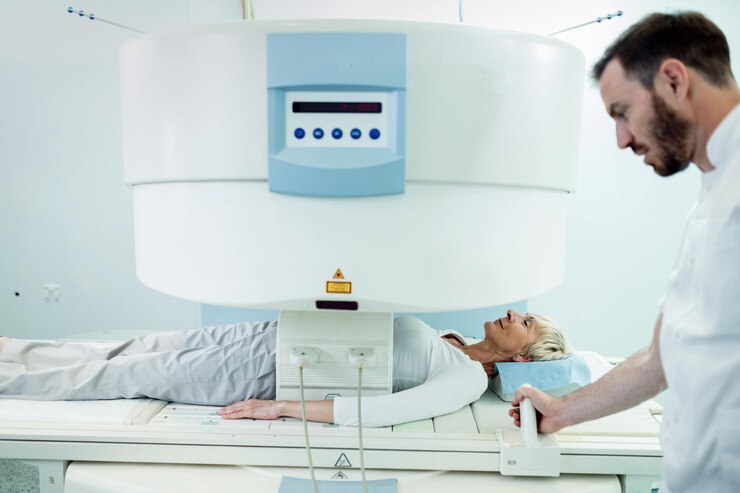
Aortic Aneurysm: Treatment of Thoracic and Abdominal Aorta Aneurysms
An aortic aneurysm involves the dilation or bulging of the aorta, the body's largest artery, which can occur in the thoracic or abdominal regions. Often asymptomatic, aortic aneurysms are usually detected incidentally during routine examinations. If untreated, they can rupture, leading to severe internal bleeding and, frequently fatal outcomes. Our center specializes in the non-surgical treatment of these aneurysms using angiographic techniques to place an aortic stent graft, effectively reinforcing the weakened vessel.
Myoma Treatment through Embolization
Myomas, benign uterine tumors, affect approximately one in three women over the age of 35. These tumors can cause menstrual irregularities, heavy bleeding, anemia, and painful menstruation as they grow in size and number. Treatment varies by age; younger patients may undergo embolization, a minimally invasive procedure that blocks blood flow to the tumors via embolic agents, allowing the myomas to shrink while preserving uterine health. This technique does not require incisions or general anesthesia and can be repeated if myomas recur.
Varicocele Treatment Options
Varicocele, characterized by the enlargement of veins within the scrotum, predominantly affects the left testicle and can lead to pain and infertility due to reduced sperm production. Treatment options include surgical ligation or non-surgical angiographic vein blocking, with the latter being less invasive and primarily addressing the abnormal veins.
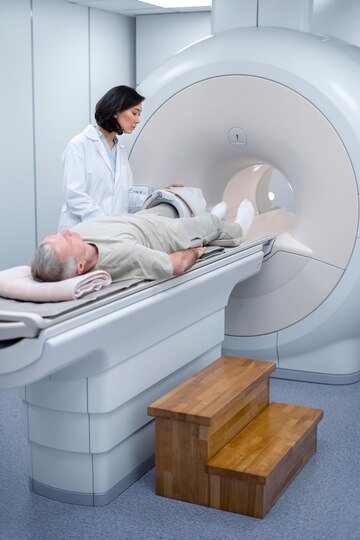
Modern Treatments for Varicose Veins
Varicose veins are prevalent, particularly among women, and can range from cosmetic concerns to painful conditions impacting quality of life. Our center utilizes advanced, non-surgical methods such as laser, radiofrequency (RF), steam, and foam treatments tailored to specific varicose vein types, addressing both the symptoms and the underlying causes, like venous valve insufficiency.
Deep Vein Thrombosis (DVT) Management
DVT, a significant venous occlusion primarily in the leg veins, can lead to severe complications such as pulmonary embolism if untreated. Individuals at higher risk include those with genetic predispositions, history of DVT, cancer, pregnancy, or post-operative states. Early and accurate diagnosis is crucial. Our center offers both early and late-stage treatments using intravascular angiography and thrombolytic therapies to dissolve clots, or mechanical thrombectomy to remove clots. Chronic DVT cases, often leading to venous insufficiency, can also be managed through angiographic interventions to alleviate occlusions with balloons or stents.
Treatment of Vascular Malformations:
Vascular malformations, which may manifest in any part or organ of the body, are venous disorders sometimes referred to as glomuvenous malformations. These lesions, distinct from varicose veins, are typically present from a young age and grow progressively with age. They pose both aesthetic concerns and potential pain for patients. Our department offers two primary treatment options: surgical removal and needle therapy, also known as ablation treatment, with some cases requiring a combination of both methods. Currently, we focus on needle therapy for the non-surgical treatment of vascular malformations.
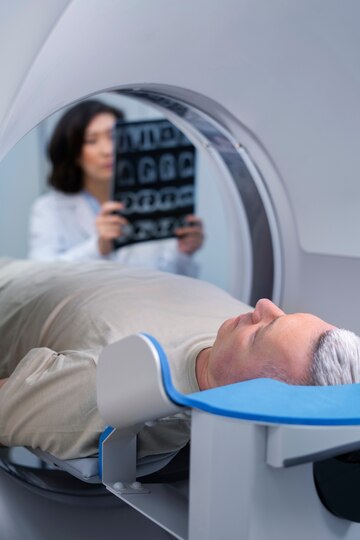
The Dialysis fistulas can experience contractions, clogging, and occlusions, which may lead to arm swelling, numbness, or the formation of wounds in the fingers. Crucially, these issues compromise the fistula’s functionality, preventing effective dialysis. In such cases, an intravascular catheter may be placed to facilitate dialysis, though it can lead to long-term vascular occlusions. Our interventional radiology services provide the following treatments for dialysis patients:
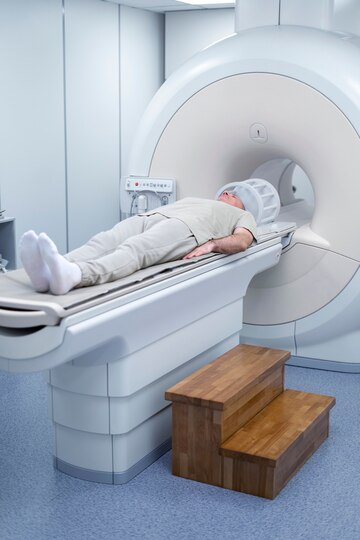
Our interventional radiology department offers specialized services to oncologic patients, categorized into procedures supplementary to oncologic treatment and those directly treating cancer:
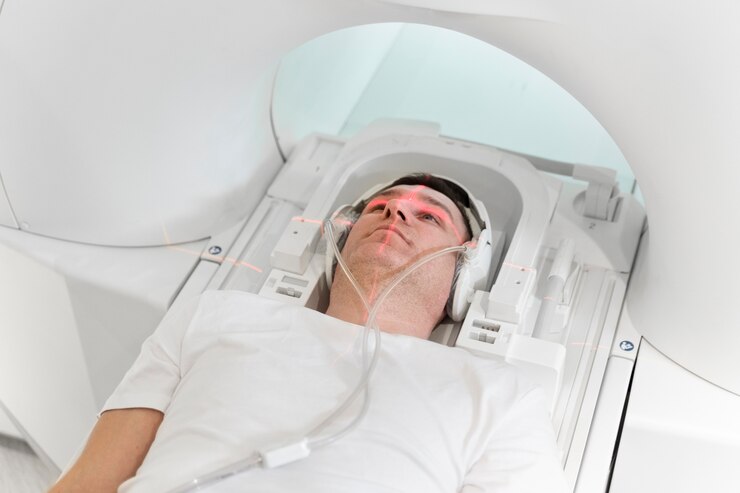
Cyst Treatment: Non-surgical methods are employed to treat parasitic hydatid cysts and large liver or kidney cysts through needle drainage and medication injection.
